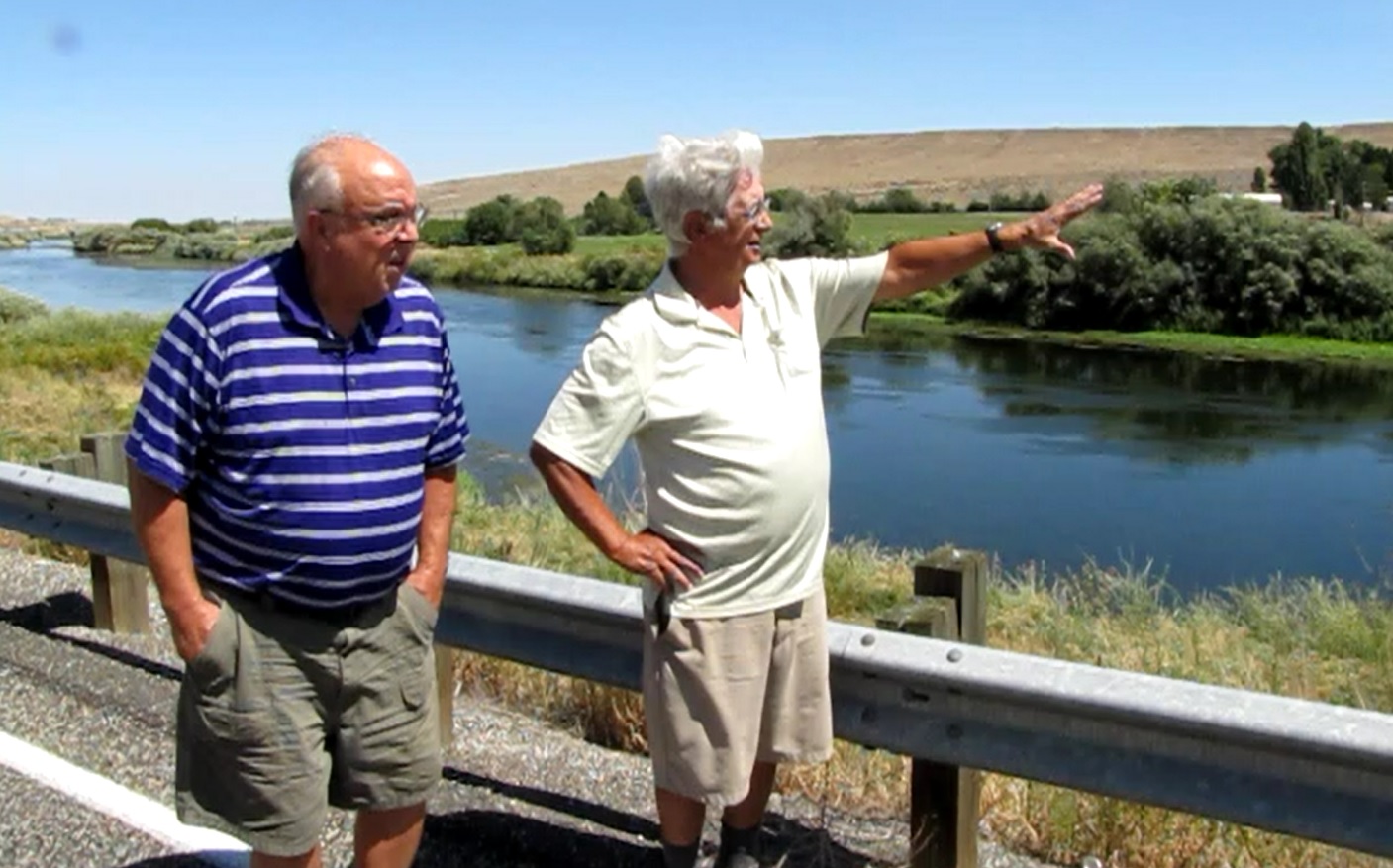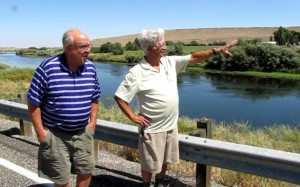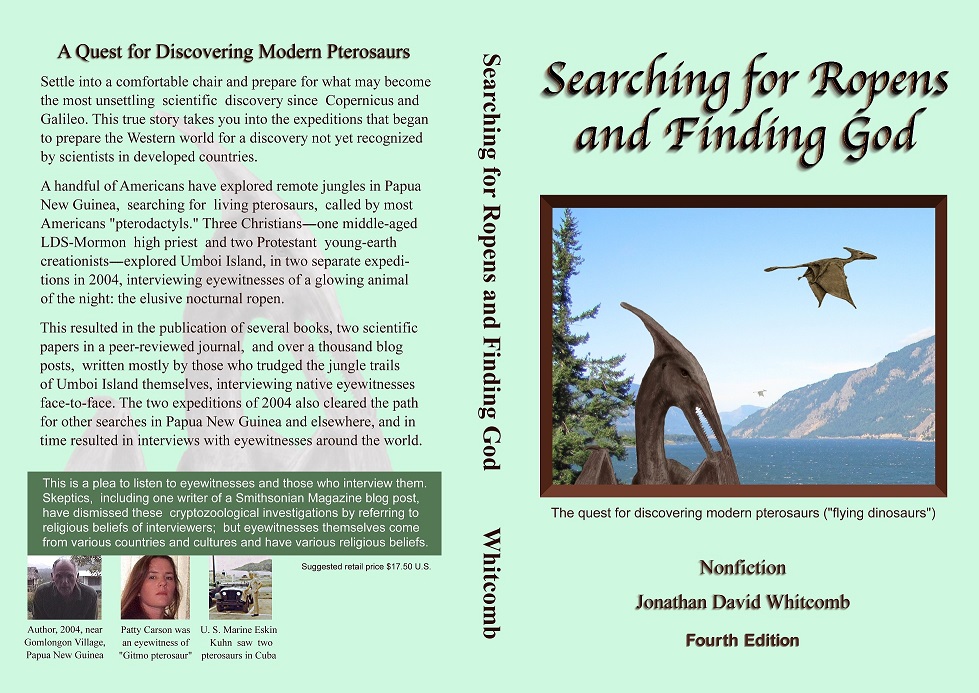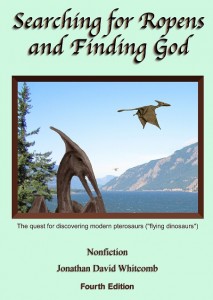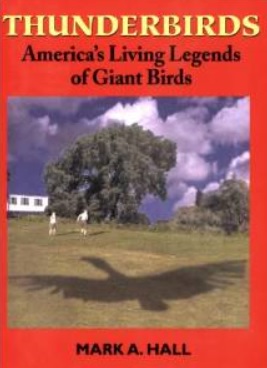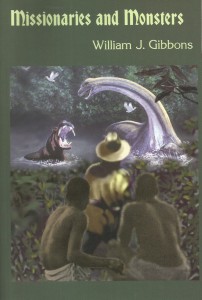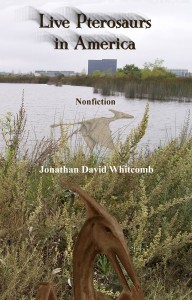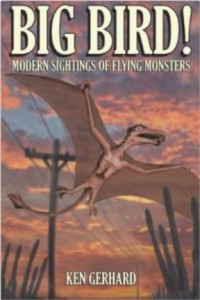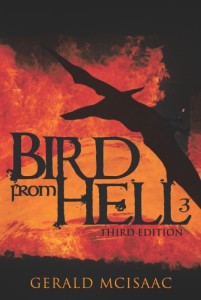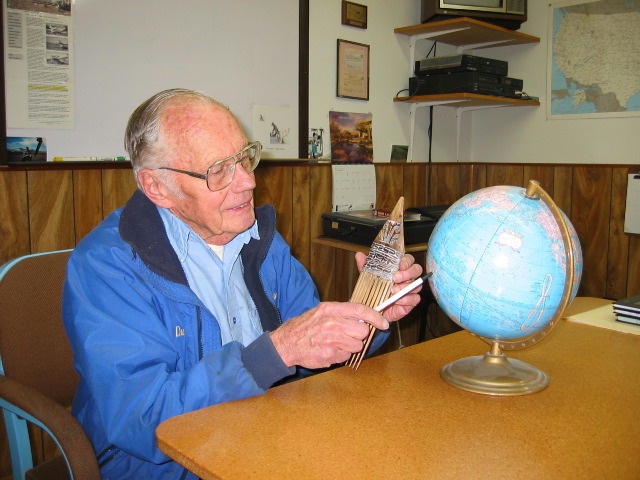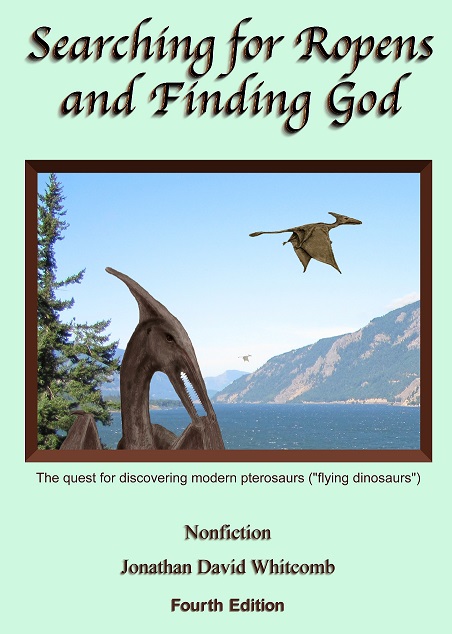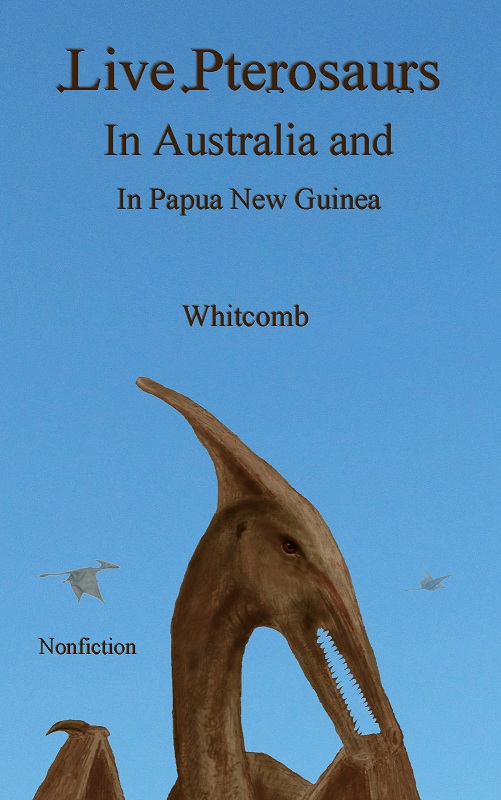Early-2015 Pterosaur Expedition in PNG
Three Americans explored a tropical rain forest in Papua New Guinea, within the past few weeks, and two of them succeeded in observing an apparent living pterosaur. That’s better than the previous ten expeditions, over the past 21 years, at least in regard to direct observations of a flying creature: Most of the earlier searches got little more than eyewitness interviews with natives or brief glimpses of a flying light.
The name of the island is being kept secret, at least for the moment; the two American eyewitnesses were Milt Marcy and Peter Beach. The island was chosen because eyewitnesses had previously reported big flying creatures there, featherless and pterosaur-like. Strange to tell, it appears to be a species that differs from the ropen of Umboi Island, for it has a very short tail, when a tail is noticed.
In April of 2015, I interviewed two of the American Biblical creationists by phone, confirming their sighting. I have a number of evidences for their honesty in reporting the huge flying creature in Papua New Guinea.
Honesty of two Eyewitnesses: Milt Marcy and Peter Beach
According to Wikipedia, the expedition team (January, 2006) led by Milt Marcy traveled to the Dja river in Cameroon, near the Congolese border. They interviewed native eyewitnesses of the Mokèlé-mbèmbé but the explorers themselves saw no such animal. The expedition team consisted of the following:
- Milt Marcy
- Peter Beach
- Rob Mullin
- Pierre Sima
A key point is this: Marcy and Beach searched for a sauropod dinosaur in a remote area of Africa, but returned home admitting that they had seen nothing like that animal. Obviously they were telling the truth about that critical detail. A liar would not likely go to such lengths to explore a jungle wilderness and then come back admitting that kind of failure, for that kind of person would lie about seeing something.
Milt Marcy and Peter Beach also investigated a sighting report of a “pterodactyl” or apparent pterosaur that was said to have been observed in a tree on the bank of the Yakima River in southeastern Washington state. Neither of those men, however, reported observing anything like a pterosaur in daylight near or over the Yakima River, although they did see some strange flying lights there at night. Again we see their honesty-credibility supported by their admission that they failed to see what they hoped for. Dishonest persons do not admit seeing nothing like what they wanted to convince people about!
Now Mr. Marcy and Mr. Beach have returned from an expensive expedition in Papua New Guinea. Both of them report observing a flying creature that was more likely than not to have been a pterosaur. The point? Why admit uncertainty about that flying creature being a modern living pterosaur? If they had any desire to deceive, they would have proclaimed positively that they had seen a pterosaur.
Those three searches by those two men, in different years and in different areas of the planet, prove their honesty. This is three-strikes-you’re-out for skeptics who have accused such cryptozoologists of dishonesty over many years. That case is closed and the verdict is this: Milt Marcy and Peter Beach have been honest in their reports of their searches for dinosaurs and pterosaurs.
Milt Marcy (left) and Peter Beach, Yakima River, Washington
The Case for Modern Pterosaurs
So why should any paleontologist believe in modern pterosaurs or dinosaurs? These two men have searched diligently in three areas of the world and have seen nothing until early 2015, when they saw a flying creature that appeared to be a pterosaur probably. The point is in the many eyewitnesses who have had better sightings of obvious pterosaurs, flying creatures obviously not birds or bats.
But I’ve written several nonfiction books with reasoning on why these animals are living pterosaurs. There’s no room here to repeat even 5% of all of that. Please use the “Search” function of this blog, for information about location or other subject matter related to these wonderful flying creatures.
###
.
Pterosaur Expedition in Papua New Guinea
On Saturday, April 18, 2015, two American explorers returned from Papua New Guinea, after searching for living pterosaurs on a tropical island where the creatures were previously reported.
No Lie in Whitcomb’s Reports of Modern Pterosaurs
Within the past few weeks, three web sites have caught my attention, each with a page accusing me of dishonesty. . . . We’ll look at what dishonesty is and examine the credibility of those three proclamations about my guilt.
A different kind of attack has been launched, as an American paleontologist has dismissed the ropen as a “fake” pterosaur and dismissed me, Jonathan Whitcomb, as one who practices deception. . . . why does this paleontologist assume that I intended to deceive anyone? He seems upset that my web pages dominate the internet, at least when people use Google. But what would be fair if that skeptical scientist had spent over 10,000 hours in a project, for eleven years, and had published online articles and posts that outnumbered those of all of his colleagues? Would he not think it fair that his ideas would show up on the top of search-engine results?
Pterosaurs in Papua New Guinea
After he and his buddy walked into a clearing, they were amazed as a large creature flew up into the air. The men soon realized that it was no bird that started to circle the clearing. It had a tail “at least ten to fifteen feet long” . . .
He set aside his work in legal video, traveling to Umboi Island, Papua New Guinea, and leading the first ropen expedition of 2004. After interviewing many natives, he returned to the United States convinced of the identity of the ropen: a living Rhamphorhynchoid pterosaur . . .
.



